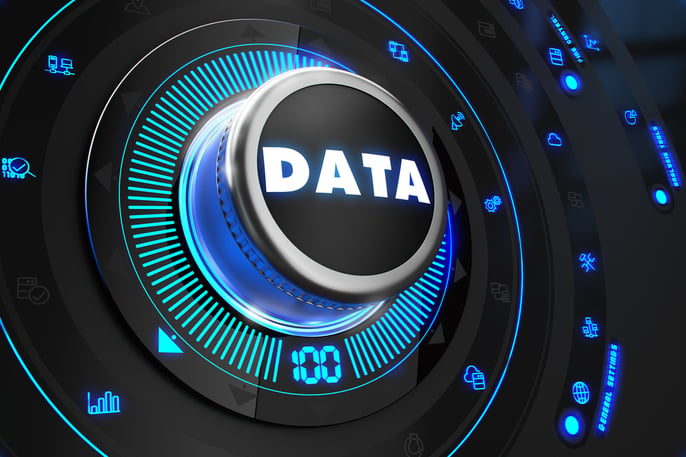In 2020, Google announced that it would be removing third-party cookies from Google Chrome by 2022. Of course, the marketing world went into a spin as Third-Party Cookies are the most powerful way for marketers to reach their desired audience. Third-party cookies are the bread and butter of marketing and have been the most common method for identifying online users and providing them with a personalized online browsing and ad experience.
Google promised to put alternative options in place to ease the tension and since this announcement, Google has rolled out some alternative solutions including the Federated Learning of Cohorts (FLoC).
FLoC is a type of website tracking initiative that functions through federated learning. Essentially, instead of tracking individual users, it groups users into “cohorts” based on their specific browsing history, and this data is used for the purpose of interest-based advertising. However, Google has also made further announcements and plans to phase out third-party cookies in chrome over a 3-month period which ends towards 2023. And this latest development allows more time for marketers to learn about FLoC options and strategize new and improved ways to reach audiences.
The reason Google has been so stern regarding this phase-out is because of new privacy laws and with these laws being updated every year, it is important Google keeps up. So, what does the phase-out of Third-Party Cookies look like for businesses and marketers?
Let’s take a look.

What Does the Google Third-Party Phase-out Mean for Businesses?
The Good News
Don’t panic. The third-party cookie phase-out is not all bad and does come with benefits.
For consumers, Google has stated it will not be replacing tracking cookies with anything newly developed and this ensures more privacy and protection for users as it prevents their browsing history from being tracked.
The good news for advertisers is that Google has stated that it will be providing API options rather than delivering focused tracking. This means that they will actually be able to hit the same targets as they were used to previously. To put it simply, first-party cookies aren't going anywhere. First-party cookies are stored directly by a website that a user is visiting. This means that website owners are able to collect data and analytics to provide a greater user experience.
So, advertisers will still have access to first-party cookies which means they will be able to capture data on customers that are visiting their own site, preserving login data, which means advertisers are able to craft a better user experience.
The Hard Facts
It isn't all bad news but the fact is that advertisers are going to have to get more creative and strategic. As privacy laws become stronger, fewer tracking options are available to advertisers which means they will have to improve their current advertising options, rather than simply rely on dynamic product and ad placements. The fact is - it’s time to redefine data collection and advertising.
The Redefining of Data
Marketers today need to redefine the way they view and use data especially when it comes to retargeting, engagement and the buyers funnel. Rather than simply casting a wide net to attract and engage new users, advertisers will have to use internal data to streamline their funnel. This is the power of Customer Relationship Management platforms and Inbound Marketing.
You see, marketers need to make sure they have high-quality data and target users within their database who have opted-in. Essentially, creating inbound marketing tactics that attract, engage, and delight the audience to convert into leads is vital. This allows marketers to optimize every stage of the buyers funnel, making it more likely for users to convert into leads and customers.
Well-known brands are already making use of the above approach to data and have started using data they already have to make better data-driven brand decisions. Essentially, these big brands are becoming less reliant on third-party cookies (to prepare for the phase-out) and are using data they already have from their omnichannel marketing strategies. By using internal data, marketers will ensure they are compliant with new privacy laws while ensuring their messaging remains consistent across all marketing channels.
A major example of the power of first-party data is Netflix. The corporation is leading the way in internal data effectiveness and has built its entire recommendation engine based on a user's watch history.
So, it isn't all bad news as we are learning the importance of data usage and obtaining the correct permissions from users. Yes, third-party data is on its way out but first-party data still has its power. Today, marketers need to shift their focus to personalization at each stage of the buyer's journey, not simply just at the awareness stage.
The Wrap Up
Marketers and advertisers have always been resilient. As we head into 2022, it’s time to adjust, strategize and move forward - something creatives are very used to.
How We Can Help
Nexa has been at the forefront of digital change and is always one step ahead. With our team of marketing experts, you can be sure that your potential customers will be driven through the buyer's journey with ease. Through inbound marketing and close-attention-to-detail, the Nexa team will reach your audience, with the right message, at the right time - without the need for third-party cookies.
%20(1).png?width=2701&height=607&name=BRC_NEXA_LOGO_BLACK%20%26%20VIOLET%20(1)%20(1).png)
%20(1).png?width=2701&height=607&name=BRC_NEXA_LOGO_WHITE%20(2)%20(1).png)















Comments